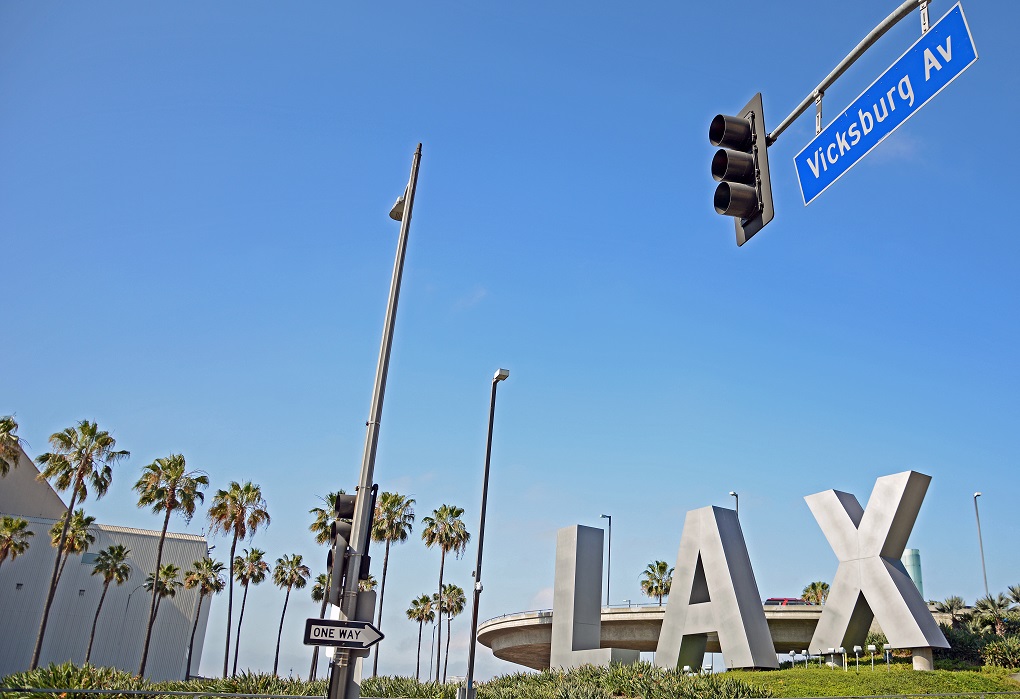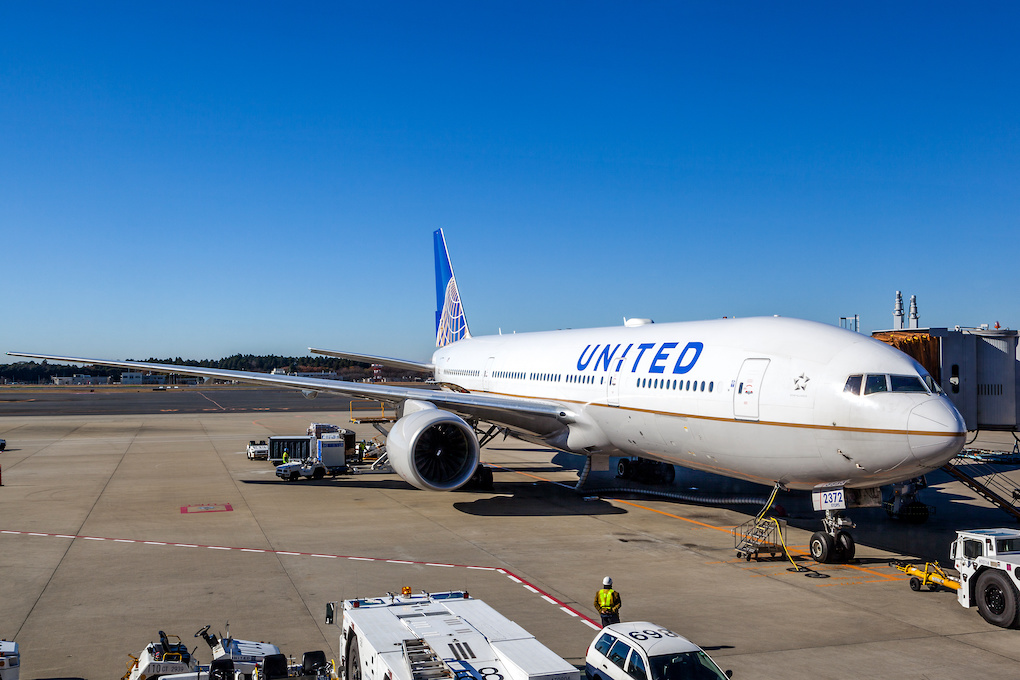
When it comes to travel for either business or leisure, you know that even the slightest wrinkle has a ripple effect on your plans. Lost baggage, missed connections and the like can turn an otherwise routine trip into something resembling the film, Planes, Trains and Automobiles. Most of the time, these disruptions occur out of nowhere and are well beyond your control. On some lucky occasions, you are given the gift of a “heads-up” on situations beforehand, with the opportunity to avoid them altogether. Such is the case with the planned Delta Airlines terminal relocation at Los Angeles International Airport taking place between May 12th and May 17th.
Although this $1.9 billion Delta Airlines relocation project will ultimately modernize the facility and accommodate more travelers, if you can avoid LAX between these dates, you are well advised to do so. If your plans have been etched in stone, however, here’s a breakdown on what to expect.
Beginning May 12th, Delta will begin its move from Terminals 5 and 6 to Terminals 2 and 3. Along with this move comes a sort of reshuffling of the deck, as other airlines are also shifting locations to accommodate Delta’s move.
After May 17th, things will look a little different than what you have been accustomed to. The new terminal lineup will be as follows:
Terminal 1: Southwest Airlines, check in and departures
Terminal 2: Delta, Aer Lingus, Aeromexico, Virgin Atlantic, Virgin Australia (check in), and Volaris (check in)
Terminal 3: Avianca (check in), Copa (check in), Delta, Interjet (check in), and WestJet
Terminal 4: American Airlines
Terminal 5: Allegiant (arrivals and departures), American, Frontier (arrivals and departures), JetBlue, Hawaiian, Spirit, Sun Country (arrivals and departures)
Terminal 6: United Airlines and United Express
Terminal 7: United Airlines and United Express
The Tom Bradley International Terminal that was completed in 2013 will accommodate Aeroflot, Air Berlin, Air China, Air France, Air New Zealand, Air Tahiti Nui, Alitalia, All Nippon Airways, Asiana, Austrian, Avianca (arrivals and departures), British Airways, Cathay Pacific, China Airlines, China Eastern, China Southern, Copa (arrivals and departures), El Al Israel, Emirates Airline, Ethiopian Airlines, Etihad, EVA Air, Fiji Airways, Hainan Airlines, Iberia, Interjet (arrivals and departures), Japan Airlines, KLM, Korean Air, LAN Airlines, LOT, Lufthansa, Norwegian Air, Philippines Airlines, Qantas, Qatar Airlines, Saudia, Scandinavian Airlines, Sichuan Airlines, Singapore, Southwest (international arrivals), SWISS, Thomas Cook, Transaero Airlines, Turkish Airlines, Virgin Australia (arrivals and departures), Volaris (arrivals and departures), and WOW Air.
The changes at LAX will ultimately help to ease congestion and provide for a much-improved traveler experience, but in the meantime, they will undoubtedly cause some frustration and confusion. If you have the flexibility in your agenda to do so, we recommend that you consider LAX a “no fly zone” until the dust settles.
By: Denise D.

AmTrav vs. ADTRAV: what's the Difference?
AmTrav and ADTRAV, two respected companies that help you book and manage your corporate travel, one with a T and the other with a D. But other than...

All About United Airlines PassPlus
United PassPlus is a prepaid discount program that gives small and midsize corporate or individual customers fare discounts in exchange for...
 Cassie Sclafani
Cassie Sclafani
